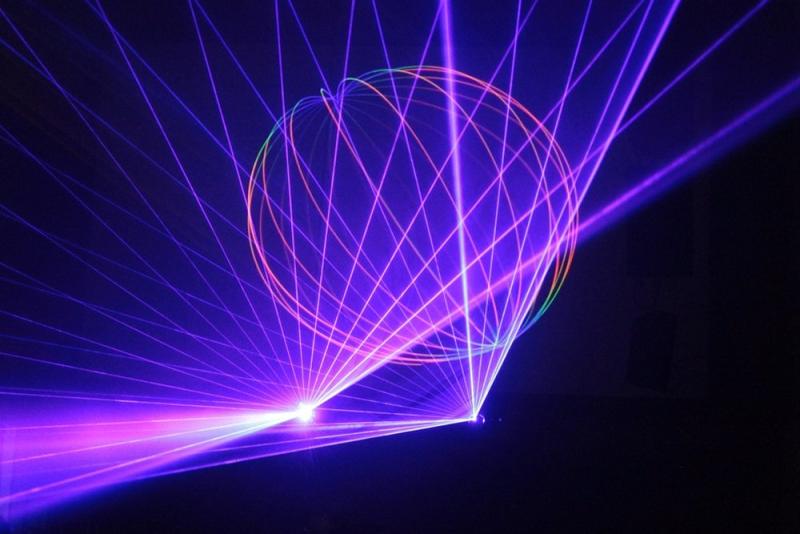Neon lights and lasers are light sources but differ in their light production, colour, beam properties, and applications. Lasers have a wide range of applications, while neon lights are primarily used for decorative and advertising purposes. Neon lights produce a diffuse and broad range of colours, while lasers produce a narrow and intense beam of light in a single colour.
What are Neon Lights?
Neon lights are a type of gas-discharge lamp that contain neon gas and produce a bright, colourful glow when an electrical current is passed through them. The neon gas emits a reddish-orange colour when excited by the electrical current. Still, other gases such as argon, helium, and krypton can also produce different colours. Neon lights are often used for decorative or advertising purposes and can be found in a variety of settings, such as storefronts, bars, and amusement parks. They are typically made up of a glass tube filled with the gas and electrodes at each end, with a high voltage power supply used to generate the electrical current needed to excite the gas and produce the glowing effect. While neon lights were first invented in the early 1900s, they remain a popular form of lighting today due to their distinctive look and long-lasting nature.
What is Laser?
A laser (short for “Light Amplification by Stimulated Emission of Radiation”) is a device that emits a focused, narrow beam of light that is coherent and monochromatic. Lasers work by stimulating atoms or molecules to emit light in a specific wavelength or colour. This light is then amplified and focused using mirrors or lenses to create a highly concentrated beam that can be directed with precision. Lasers are used in a wide variety of applications, including in medicine, industry, research, and entertainment. In medicine, lasers are used for surgical procedures, skin treatments, and diagnostic imaging. In industry, lasers are used for cutting, welding, and engraving. In research, lasers are used for spectroscopy, microscopy, and particle acceleration. In entertainment, lasers are used in light shows and laser displays. Different lasers exist, each producing light of a different wavelength or colour. Common types of lasers include gas, solid-state, and semiconductor lasers. A laser’s specific properties and applications depend on its design and the materials used in its construction.
Difference Between Neon Lights and Laser
Lasers and neon lights produce light differently and have different properties. Neon lights produce light by passing an electric current through a gas (usually neon, argon, or a mixture) in a glass tube. The gas emits multicoloured light. Lasers use stimulated emission to produce a narrow, coherent, single-colour beam of light. Neon lights can produce a variety of colours depending on the gas mixture and glass tube coating, but lasers produce brighter colours. Lasers emit a narrow, intense monochromatic beam of light.
Neon lights emit diffuse, soft light. However, lasers produce a highly collimated and focused beam of light that can be precisely directed and travel long distances without divergence. Neon signs and art installations use neon lights for decoration and advertising. Medical, scientific, military, telecommunications, and entertainment use lasers. In conclusion, neon lights and lasers produce light, but their colour, beam properties, and applications differ. Lasers produce a narrow, intense beam of one colour, while neon lights emit a wide range of colours.






